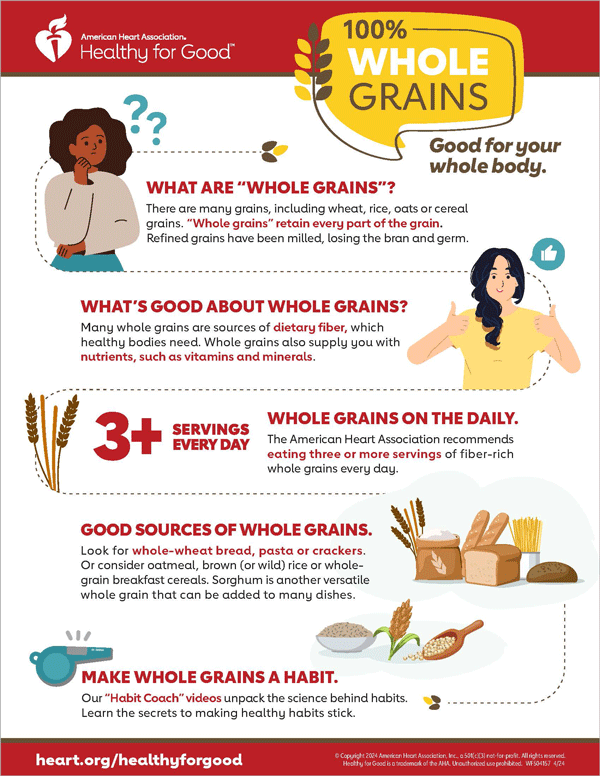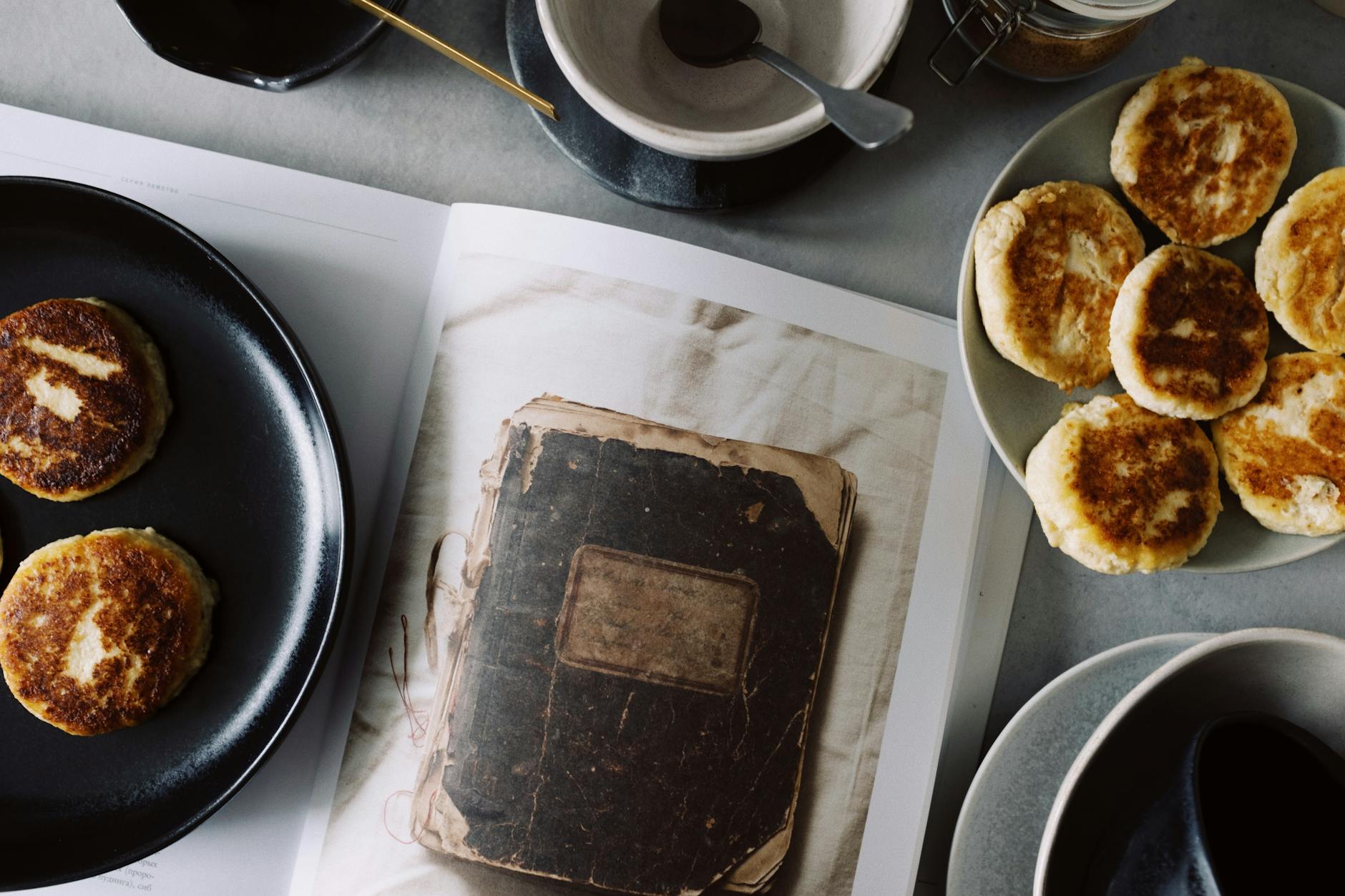Discover global flavors with these simple and delicious recipes that will transport your taste buds around the world and back.
Table of Contents
Welcome to our comprehensive recipe site where we invite you to discover a world of flavors from the comfort of your own kitchen. Whether you’re a novice cook or a seasoned chef, our wide range of easy-to-follow recipes will help you explore cuisines from around the world. From comforting classics to bold, innovative dishes, there’s something for everyone to enjoy. Get ready to embark on a culinary adventure and expand your palate with enticing dishes from different cultures.
Choosing a Cuisine to Explore
When it comes to delving into international cuisine, the first step is deciding which cuisine to explore. Think about your preferences and what type of flavors you enjoy. Consider the ingredients and cooking techniques commonly used in different cuisines. Start with a cuisine that interests you and excites your taste buds. Some popular choices include Italian, Mexican, Chinese, Indian, and French cuisine.
Stocking Your Pantry
To successfully cook international dishes, it’s essential to have a well-stocked pantry with key ingredients. Items like spices, sauces, grains, and legumes are often fundamental to many global cuisines. Visit specialty grocery stores or ethnic markets to find unique ingredients. If something isn’t readily available, don’t hesitate to use substitutes to achieve similar flavors in your dishes.
Equipment and Tools
Having the right equipment and tools in your kitchen can make a significant difference when trying your hand at international cuisine. Basic kitchen essentials like pots, pans, knives, and cutting boards are a must. Depending on the cuisines you’re exploring, you may also need specialty items like a tortilla press for Mexican dishes or a bamboo steamer for Asian recipes. Invest in quality tools to enhance your cooking experience.

Image courtesy of www.slideshare.net via Google Images
Understanding Flavors and Ingredients
Each cuisine has its unique flavor profiles and ingredients that define its dishes. Take the time to familiarize yourself with the essential flavors of the cuisine you’re exploring. Learn to balance and combine flavors effectively in your dishes. Proper seasoning is key to elevating the taste of your meals. Experiment with different ingredients and spices to create authentic and delicious dishes.
Recipe Selection
Choosing the right recipes based on your skill level and time commitment is crucial when exploring international cuisine. Start with simple dishes to build your confidence before tackling more complex recipes. Read through recipes carefully, paying attention to ingredients and cooking techniques specific to the cuisine. Begin with basic and traditional dishes before moving on to more challenging creations.

Image courtesy of www.heart.org via Google Images
Cooking Techniques
Mastering the cooking techniques commonly used in global cuisines is essential to creating authentic dishes. Learn about stir-frying, braising, grilling, and other methods unique to the cuisine you’re exploring. Follow step-by-step instructions to ensure your dishes turn out perfectly. Adapting cooking techniques to different ingredients will help you achieve the desired flavors and textures in your dishes.
| Recipe | Cuisine | Ingredients | Instructions |
|---|---|---|---|
| Pad Thai | Thai | Rice noodles, shrimp, tofu, bean sprouts, eggs, peanuts, tamarind sauce | 1. Soak noodles in warm water. 2. Stir-fry shrimp, tofu, and eggs. 3. Add noodles, sauce, and bean sprouts. 4. Top with peanuts. |
| Paella | Spanish | Rice, chicken, chorizo, shrimp, saffron, bell peppers, peas | 1. Cook chicken and chorizo. 2. Add rice, saffron, and broth. 3. Add shrimp, veggies, and peas. 4. Let it simmer until rice is cooked. |
| Sushi Rolls | Japanese | Sushi rice, nori seaweed, avocado, cucumber, fish (tuna, salmon), soy sauce, wasabi | 1. Cook rice and season with vinegar. 2. Lay out nori, add rice, veggies, and fish. 3. Roll tightly. 4. Slice and serve with soy sauce and wasabi. |
Presentation and Garnishes
Presentation is key when it comes to international cuisine. Pay attention to how you plate your dishes to make them visually appealing. Experiment with different garnishes and finishing touches to enhance the overall look of your creations. A beautifully presented dish not only looks appetizing but also enhances the dining experience for you and your guests.

Image courtesy of www.slideshare.net via Google Images
Troubleshooting Common Issues
Don’t be discouraged if you encounter challenges while trying new recipes. It’s all part of the learning process. Be prepared to troubleshoot common cooking issues that may arise, such as overcooking, under-seasoning, or incorrect measurements. Keep a positive attitude and be open to experimenting and learning from your mistakes. With practice and persistence, you’ll become more confident in your culinary skills.
Conclusion
Embark on a culinary journey and unlock the secrets of international cuisine with our easy-to-follow recipes. Explore a world of flavors, from familiar favorites to exciting new dishes. Whether you’re a beginner or an experienced cook, there’s always something new to learn and enjoy in the realm of global cuisine. Start your culinary adventure today and expand your culinary horizons with our diverse selection of recipes. Bon appétit!
How can I find the ingredients for international recipes?
You can find unique ingredients for international recipes at specialty grocery stores, ethnic markets, or online retailers specializing in imported goods.
What if I don’t have all the necessary equipment for a certain cuisine?
Don’t worry! You can often improvise with basic kitchen tools or find alternative methods to achieve similar results.
How do I know if I’ve seasoned my dishes correctly?
Taste your dishes as you cook and adjust seasonings accordingly. Start with small amounts and gradually add more to achieve the desired flavor.
What can I do if a recipe doesn’t turn out as expected?
Don’t be discouraged! Evaluate what might have gone wrong, consider possible adjustments, and try again. Learning from mistakes is a crucial part of improving your cooking skills.





